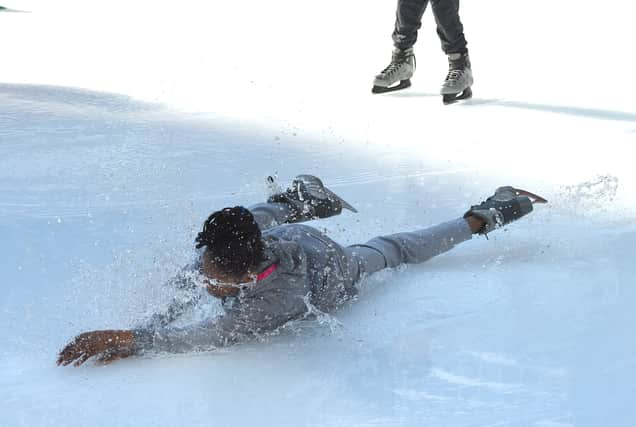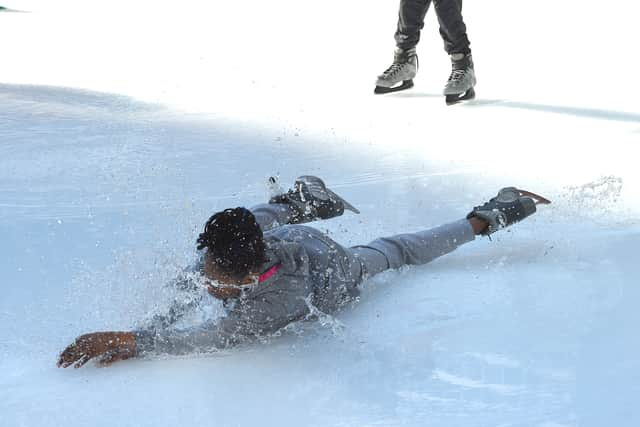Winter safety: Essential walking & driving tips for icy conditions - from shoes to emergency supplies


As we barrel towards winter, icy conditions become more and more likely, particularly in the cold, dark mornings when most off us are off to work or doing the school run.
When facing icy conditions, safety is paramount. So take heed of these essential tips for safe walking, including optimal footwear, and expert driving practices to navigate slippery roads.
Advertisement
Hide AdAdvertisement
Hide AdStay prepared, stay informed and safeguard against hazards in wintry environments. Here is everything you need to know.
On your feet
If you find yourself having to get out of the house while it's icy underfoot, there are a number of steps you can take to make sure you stay upright and injury free. For starters, you'll want to choose shoes with good traction like snow boots shoes with non-slip soles. Fashionable shoes like heels, ballet pumps, Chelsea boots, cowboy boots and some trainers are the worst types of footwear to wear.


You're almost guaranteed to fall over as the slippery surface of these shoes' non-grip soles are prone to danger. Avoid these at all costs. Hiking boots are made for all weathers, they have a non-slip sole deep treads and ankle support.
Again, if you have them, ice grips or traction cleats can also be added to your shoes for better stability. When on the move, take shorter steps and walk at a slower pace to maintain balance, and when available, hold onto handrails when going up or down stairs or inclines.
Advertisement
Hide AdAdvertisement
Hide AdBe extra cautious when stepping onto surfaces that may be icy, such as pavements, car parks or driveways, and stay focused while walking. Avoid using your phone or other distractions that could divert your attention from potential hazards.
On the road
If you have to travel further than an on foot journey, and must use the car, again, there are precautions and alterations you can make to your driving and ensure everybody stays safe on the road. Drive at a slower speed than usual and allow for increased stopping distances - with decreased grip, skidding it much more likely in ice, and those stopping distances will increase by quite some margin.
With that in mind, you should keep a safe distance between your car and the one in front of you, and apply the brakes gently when you do have to stop to avoid skidding. At the same time, try to accelerate equally slowly to avoid wheel spin, and use a lower gear when starting off to gain better traction - if you're driving a manual vehicle. Above all, you should make smooth and deliberate movements when steering or changing lanes to maintain control.
Advertisement
Hide AdAdvertisement
Hide AdAdditional tips
Whatever sort of journey you find yourself having to make, stay informed about weather conditions before heading out. If possible, choose paths or roads that are known to be well-maintained during icy weather. You should also have essentials like blankets, water, a torch, and some non-perishable food in your car in case of emergencies.
Comment Guidelines
National World encourages reader discussion on our stories. User feedback, insights and back-and-forth exchanges add a rich layer of context to reporting. Please review our Community Guidelines before commenting.
